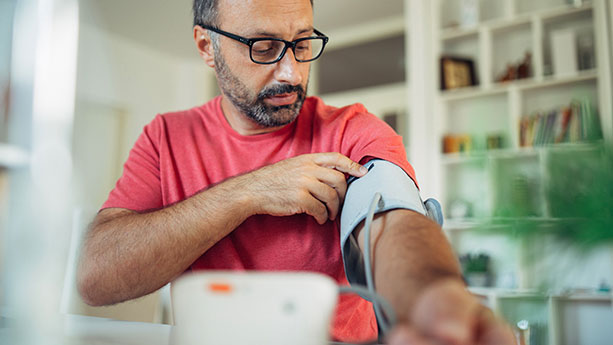Atrial fibrillation (AFib), an irregular heart rhythm, can leave you feeling unnerved and exhausted. Symptoms may include fluttering in your chest, skipped heartbeats, sweating and chest pain. In this video, Christopher Woods, M.D., talks about how atrial fibrillation occurs as well as its symptoms.











